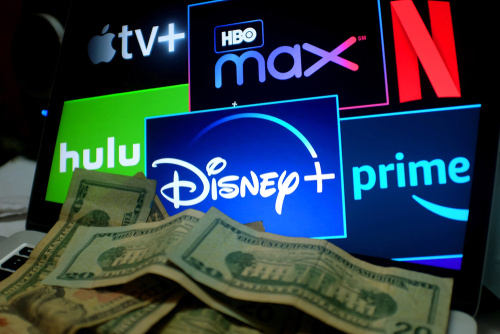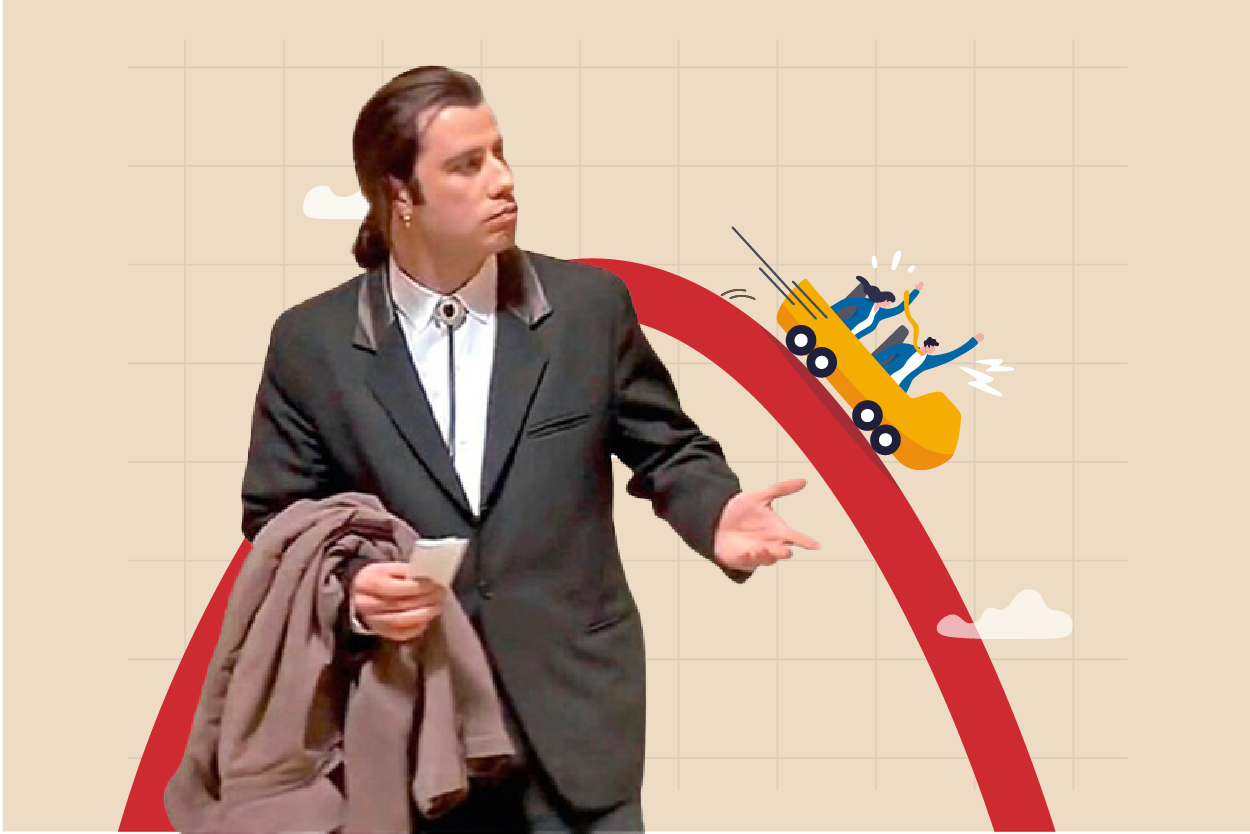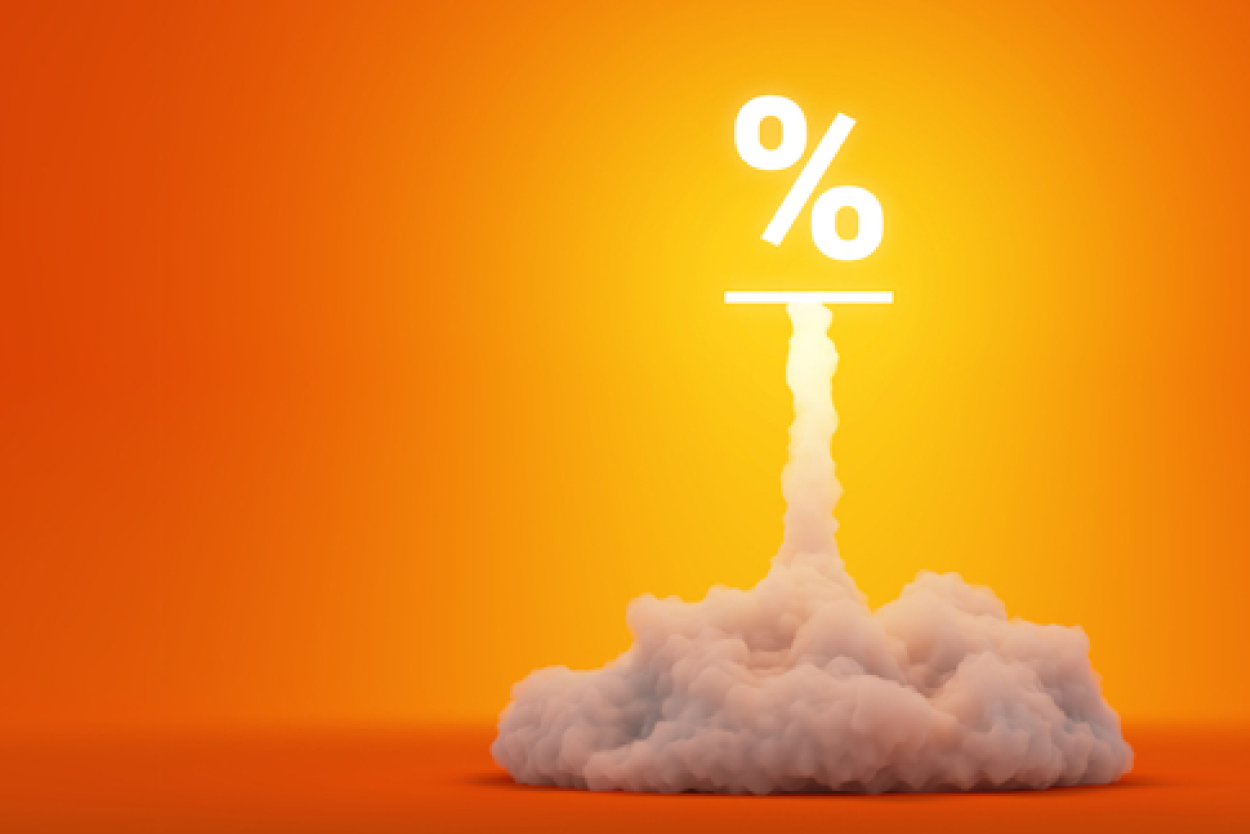5 min read
HEY, WHERE'S MY RECESSION?
The Yield Curve

It’s Sunday morning. After a Saturday of endless errands and obligations following an arduous week of work, you’re finally settling in to watch that series everyone’s been telling you about for months. You hit play, only to be greeted by not one, not two, but three ads back to back. Confused, you dig into your subscription settings and discover that the once proudly ad-free service has introduced a new premium tier for skipping commercials, without any fanfare. Annoyed, you switch to another streaming app, only to find that it, too, while at least keeping the ads at bay, has quietly raised its monthly fee yet again. Frustrated, you decide to review your subscriptions, shocked to see how many small charges have piled up over the past year or two for services you barely use—is this how much it costs to thumb through your phone while half-watching early ‘aughts reality TV?
Sound familiar? You’re not alone.
Over the past decade and a half, subscriptions have quietly infiltrated every corner of our lives. From streaming services and gym memberships to essential business software and even digital printers and toothbrushes, the subscription economy has reshaped how and what we consume. The allure of predictable costs and on-demand access has driven consumers to eschew ownership for a state of perpetual leasing.
And it worked well, for a time.
For companies, the model has delivered dependable growth and a steady stream of recurring revenue. But for consumers, with rising fees and declining value, the golden era of subscriptions may be approaching a reckoning, and beneath the surface, cracks are forming.
The Rise of the Subscription Economy
15 years ago, the idea of subscribing to a digital service seemed novel. Netflix, once a DVD rental service, led the charge by offering unlimited streaming for a low monthly fee. Fast-forward to today, and the subscription model dominates industries ranging from entertainment and software to meal kits and cloud storage. Consumers eagerly signed up for the convenience and flexibility, while businesses reaped the rewards of consistent cash flow and reduced churn.
According to McKinsey[i], subscription businesses grew five times faster than the S&P 500 between 2012 and 2020, fueled by their ability to lock in customers and scale operations efficiently. But as the model matured, companies found themselves in a game of diminishing returns. With markets saturated and growth harder to achieve, many began implementing stealthy fee increases, introducing ads, or bundling services to maintain profitability. Convenience has tuned costly, and it’s pushing consumers to their limits.
Take Amazon Prime, for example. Originally touted as an ad-free service with free two-day shipping, Prime has since introduced an ad-supported tier while hiking subscription prices. Similarly, Netflix now charges extra for account sharing, a practice that was once its competitive advantage (and the oft-hidden thread connecting countless former roommates). The result? A growing number of customers are questioning whether they’re truly getting what they pay for.
According to KPMG, 46% of Millennials, 39% of Gen Z, and 35% of Gen X have canceled at least one streaming service in the past six months to reduce their monthly expenses[ii]. Tools like Rocket Money (formerly Truebill) have surged in popularity, helping users identify and cancel unnecessary subscriptions. These trends signal that the days of blind consumer loyalty are waning.
The Breaking Point: What Happens When the Dam Breaks?
With consumers tightening their belts and competitors entering the fray, the subscription economy faces a turning point. Here are three potential scenarios for the future:
Implications for Institutional Non-Profits
For institutional non-profits, which often rely on subscriptions for critical tools and services, this shifting landscape presents both challenges and opportunities. Rising costs for essential software like Salesforce, Microsoft Office, and cloud storage can strain budgets, while the lack of predictable pricing complicates financial planning.
Actionable Insights:
A Blueprint for Investors: Navigating the Subscription Reckoning
Institutional investors and their managers must also adapt their strategies to account for the changing dynamics of the subscription economy in their portfolios. Here’s a framework for staying ahead:
What Next?
The subscription economy has brought undeniable convenience and profitability, but its unchecked growth may have reached a tipping point. As consumers push back against creeping fees, companies, non-profits, and investors must prepare for a new era of consumption. By embracing transparency, flexibility, and innovation, stakeholders can navigate these changes and build a more sustainable path forward—one that benefits both businesses and their customers. After all, in a world of rising costs and shrinking patience, the only constant is the demand for value.
 Read More
Read More

5 min read
How Diverging Central Bank Moves Are Reshaping Markets in 2025

4 min read
In our most recent commentary on crisis negotiation and its application within financial consulting, we explored the parallels between these two...